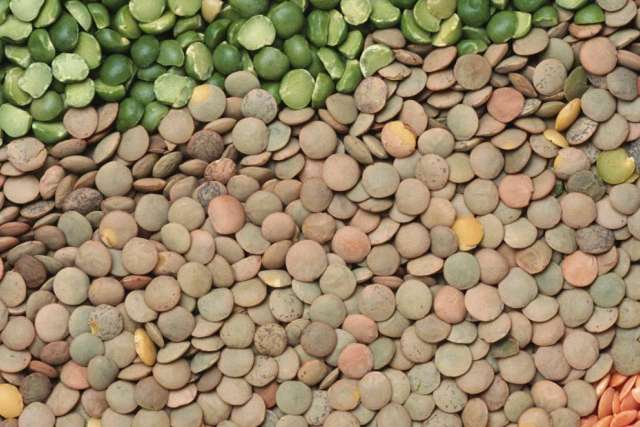Dear Doctors: My husband and I recently got our family onto a healthier diet -- no processed foods and lots more vegetables, beans and legumes. It’s not easy, and we’re struggling to stay on track. On top of that, we all have gas. Why does that happen? What can we do?
Dear Reader: You’re far from alone in finding it a challenge to make long-term improvements to your diet. For proof, we need look no further than the numerous meal delivery services that have popped up in recent years, each one promising easy access to balanced and healthful food. There’s also the fact that the aromas, flavors and textures of our favorite foods are as much about comfort and familiarity as they are about satiety.
People who switch to new diets often wind up feeling both overwhelmed and deprived. And when you add in the discomfort and occasional embarrassment of intestinal gas, even the best intentions can waver. When you made the change from eating processed foods to more fresh and whole foods, you introduced a lot of fiber into your diet. Plant-based foods contain both soluble and insoluble fiber. It’s the latter that give some of us problems.
Soluble fiber dissolves in water and can be absorbed by the body. But the insoluble fiber found in whole grains, legumes, beans, and vegetables like broccoli, cabbage, asparagus and cauliflower passes through the stomach undigested and moves on to the large intestine. There, the insoluble fiber becomes food for the trillions of microorganisms that populate the gut. They digest it for us via fermentation, the byproduct of which is the gas you and your family have been experiencing.
Beans also contain raffinose, which is one of a group of complex sugars known as oligosaccharides. We humans can’t digest these sugars, but the bacteria in the gut can. And again, gas is the byproduct of that digestion.

There are several steps you can take to help ease the gas situation. When fiber has been absent from a diet, it’s a good idea to introduce it gradually. You want to give the microflora in your gut time to get used to the new influx of food. An analysis of three studies that looked into the question of beans and gas found that the participants’ bodies gradually adjusted. Within three to four weeks of adding beans to their diet, they had returned to normal levels of gas production. There is also some evidence that soaking dry beans at least 12 hours before cooking can reduce the level of raffinose that leads to gas.
As you increase your fiber intake, it’s also important to be sure you’re staying adequately hydrated. Fiber absorbs a lot of water as it goes through the digestive process. When you don’t drink enough water in a high-fiber diet, you risk developing constipation. The increase in gas production that accompanies the switch to a diet of whole foods can be disconcerting. However, research suggests that it’s actually an encouraging sign of the health and activity of your gut microbiome.
The UCLA Center for Human Nutrition is at the forefront of clinical practice and nutrition research. Learn more and schedule an appointment.
(Send your questions to [email protected], or write: Ask the Doctors, c/o UCLA Health Sciences Media Relations, 10960 Wilshire Blvd., Suite 1955, Los Angeles, CA, 90024. Owing to the volume of mail, personal replies cannot be provided.)





